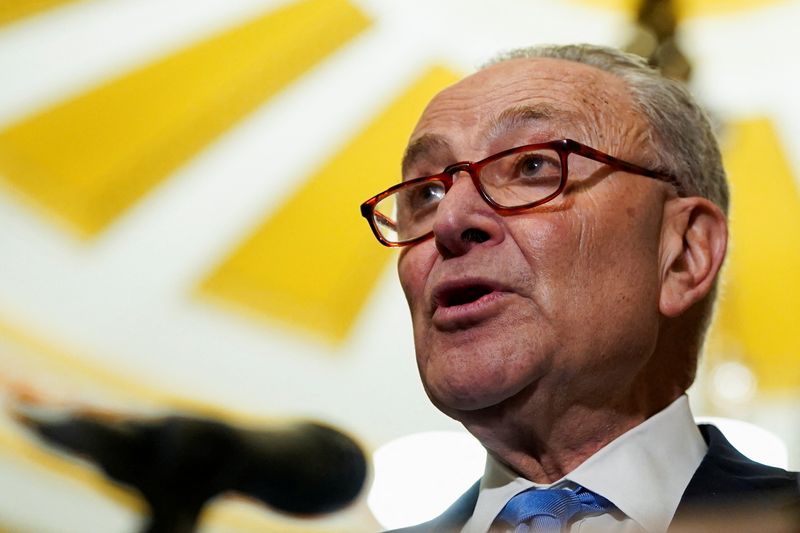It’s well-known that there is a strong negative correlation between the S&P 500 index and the VIX. But what exactly is the causal relationship between them? In the financial media, we often see analysts using the VIX as an indicator to time and predict market direction. Is this approach valid?
Reference [1] addresses these questions by studying the causal relationship between the E-mini S&P 500 and VIX futures. The authors pointed out,
In this paper, we investigate the contemporaneous relation between returns of the VIX futures and the E-mini S&P 500 futures with the aim of examining the driving force behind the negative relation between stock returns and implied volatility… We use the method of identification through heteroskedasticity to capitalize on the intraday shifts in the covariance of the VIX futures and the E-mini S&P 500 futures at times when the variance of their innovations increases. This method accounts for the simultaneity of the relation between returns in the two futures markets.
Our results consistently show that causality in the contemporaneous relation between VIX futures and E-mini S&P 500 futures is largely from E-mini S&P 500 futures to VIX futures, suggesting that stock returns cause changes in expectations of implied volatility. New information causes stock prices to change. This changes the expectation of future return volatility, and VIX futures prices also change to reflect this revision in expectations. Our results also imply that the leverage and volatility feedback effects are not the key explanations for this relation. In essence, the strong wind in the sails of the contemporaneous relation between VIX futures and E-mini S&P 500 futures blows forcefully from E-mini S&P 500 futures to VIX futures.
In short, it’s actually the S&P 500 futures that cause changes in the expectations of implied volatility.
This study has significant implications for portfolio and risk managers, as they should use the signals from the S&P 500 to manage volatility exposure, not the other way around. Let us know what you think in the comments below or in the discussion forum.
This article provides an academic perspective; in the next post, I’ll present a practitioner’s view.
References
[1] Ekow A. Aikins and Alexander Kurov, Which Way Does the Wind Blow Between SPX Futures and VIX Futures?, 2024, SSRN, Journal of Futures Markets, Forthcoming
Further questions
What's your question? Ask it in the discussion forum
Have an answer to the questions below? Post it here or in the forum




